More people are using our trails, including the Main Yarra Trail, Merri Creek Trail and Capital City Trail. This trend existed pre-COVID, and has accelerated during COVID, both for recreational use (while gyms and sports are not available) and for commuting (as people avoid public transport).
Outcomes
Outcome of increased utilisation levels include decreased amenity, an increased risk of collision, and an increased risk of COVID transmission. On our trails, people pass each other at a distance much less than 1.5 metres. People also travel in opposite directions, so one person can potentially infect a large number of other people.
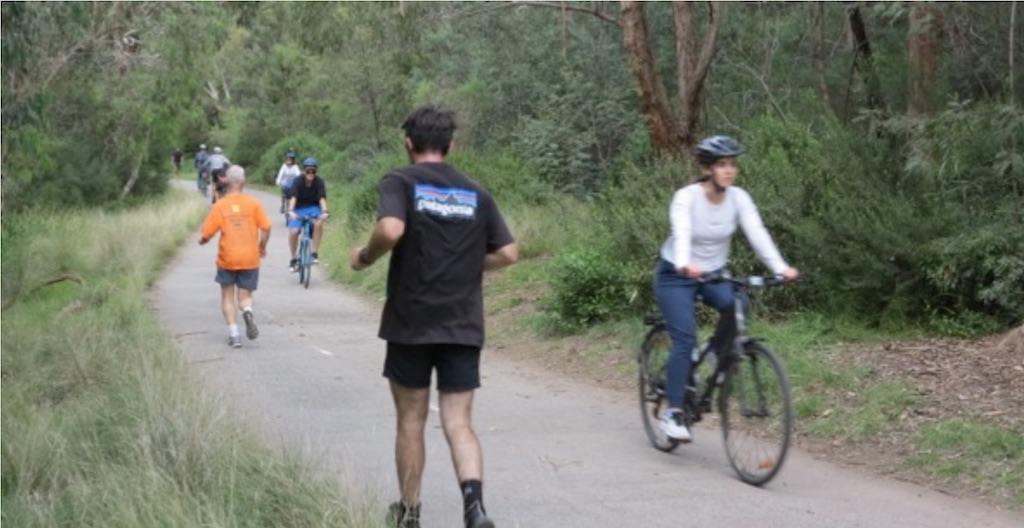
Impact of masks
On our trails, people walking are now required to wear masks, but people running or cycling are exempt. Thus, on congested trails, our mask rules won’t necessarily prevent COVID transmission.
Solution
One method of reducing COVID risk is to encourage people to cycle on adjacent streets instead of on the trails. To do this, we need to increase the attractiveness of cycling on our streets, i.e. to decrease the “level of traffic stress”, or increase the safety. At the moment, most people who cycle on Yarra’s streets are from the “strong and fearless” category, whereas we need to attract the “interested but concerned” category.
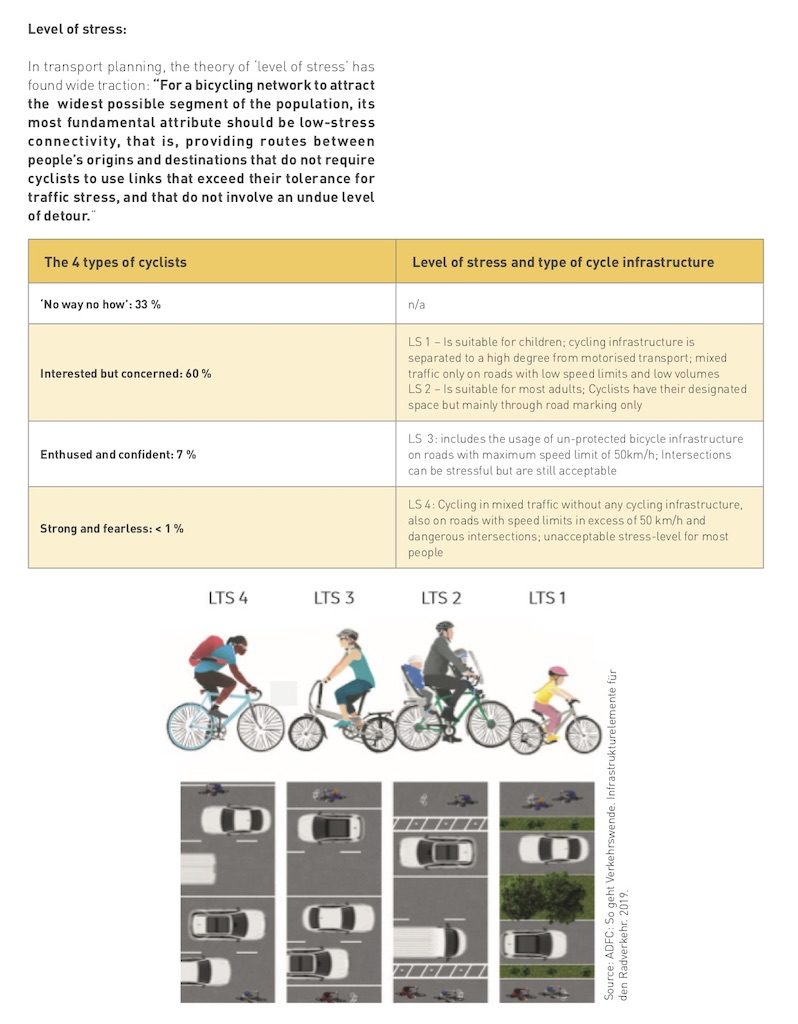
Example solution – Capital City Trail
For the Capital City Trail, near Park Street, Council Officers proposed to attract “interested but concerned” cyclists to the adjacent Park Street by constructing a contra-flow bicycle lane between Nicholson Street and St Georges Road.
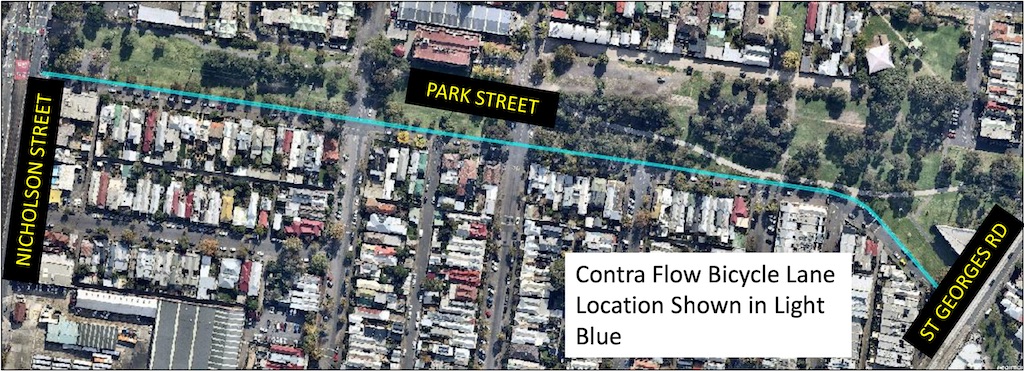
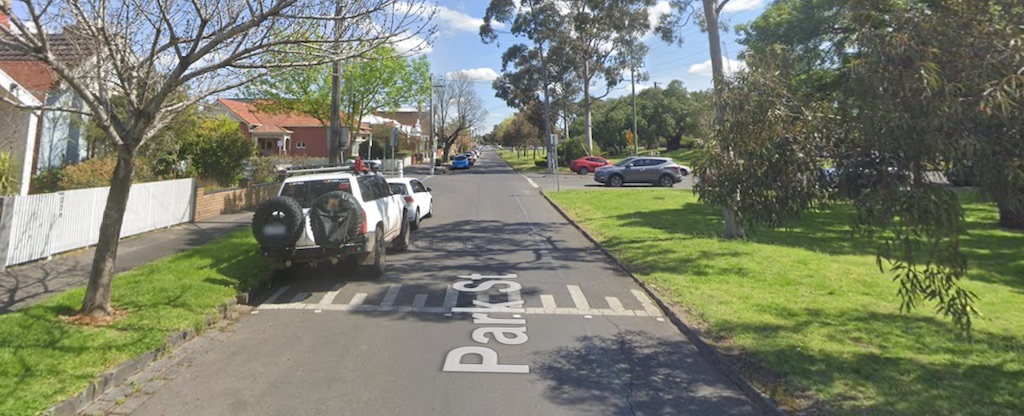
Example solution – Main Yarra Trail
For the Main Yarra Trail, near the Eastern Freeway, Council Officers proposed to attract “interested but concerned” cyclists to adjacent streets by closing the Trenerry Crescent underpass to motor vehicle traffic. This would decrease the level of traffic stress by eliminating close passes or collisions on the underpass itself, and also reduce traffic volumes in a range of nearby streets that connect to either end of Trenerry Crescent, which in turn improves the amenity of those streets for people walking and cycling. As an extra justification, the adjacent streets are already designated as Strategic Cycling Corridors.
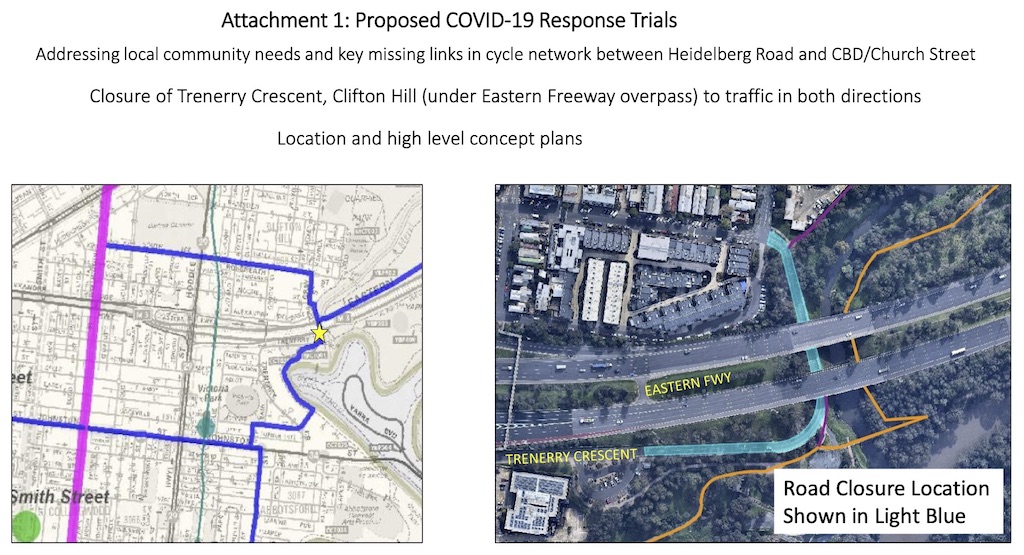
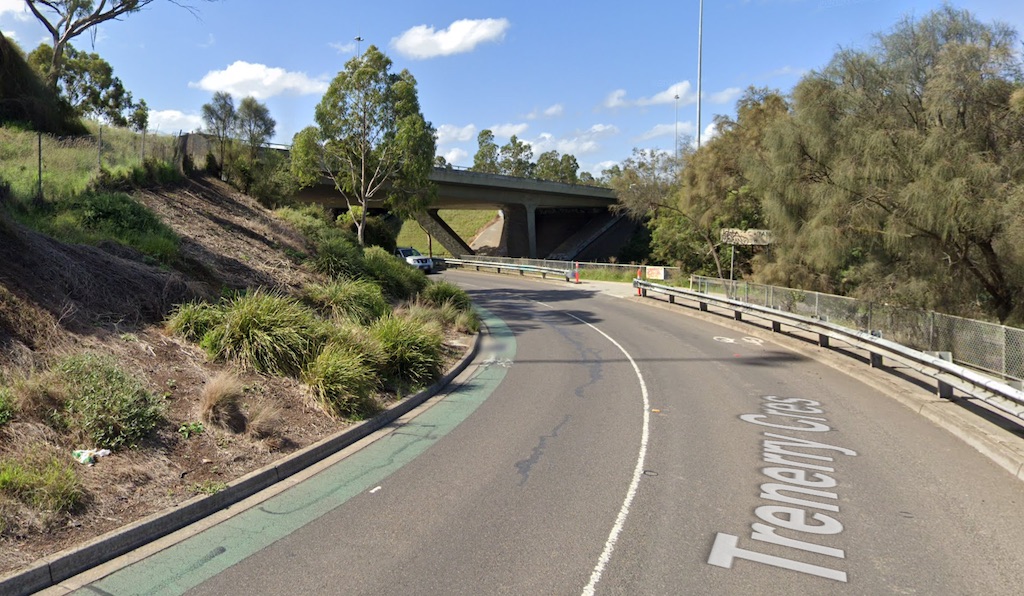
Other options
For each particular location, multiple treatment options exist. They vary by cost, benefit, installation time, and benefit/cost ratio. It’s reasonable to expect that Council Officers considered these factors before making their recommendations. As an example, whilst an alternative option for Trenerry Crescent may be to retain motor vehicle traffic and host people cycling on a wider shared path on the east side, this option would most likely exceed Council’s available budget, and also take too long to deliver to be an effective COVID response. In contrast, the proposed trial would be much faster and lower cost.
Trials
Council Officers proposed an “iterative trial” method of community engagement for several locations, including Trenerry Crescent, where the treatment is constructed using high-speed low-cost methods, and the community is invited to try it out before offering feedback. If the benefits turned out to exceed the disadvantages, then the trial could be made permanent; while if the disadvantages exceeded the benefits, the trial treatment could be reverted. This is an inclusive method of community engagement.
Examples from around the world
Many cities around the world are creating more space for walking and cycling in response to COVID. Some examples are available at:
https://www.spaceforhealth.org/global-trends.html
Summary
More people are using our trails, including the Main Yarra Trail, Merri Creek Trail and Capital City Trail. An outcome of increased congestion on our trails includes an increased risk of COVID transmission. One method of reducing COVID risk is to encourage people to cycle on adjacent streets instead of on the trails. To do this, we need to increase the attractiveness of cycling on our streets, i.e. to decrease the “level of traffic stress”. A range of treatment options exist for each street or location, with the key selection criteria being cost and time. Combined with an “iterative trial” method of community engagement, closing some streets to motor vehicles arises as the most viable and effective option to consider.
Published on 22nd July 2020, link to Space for Health added 22nd July 2020.
